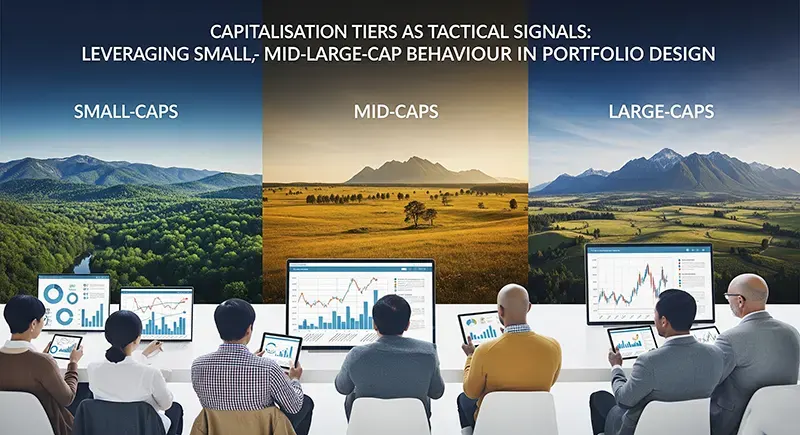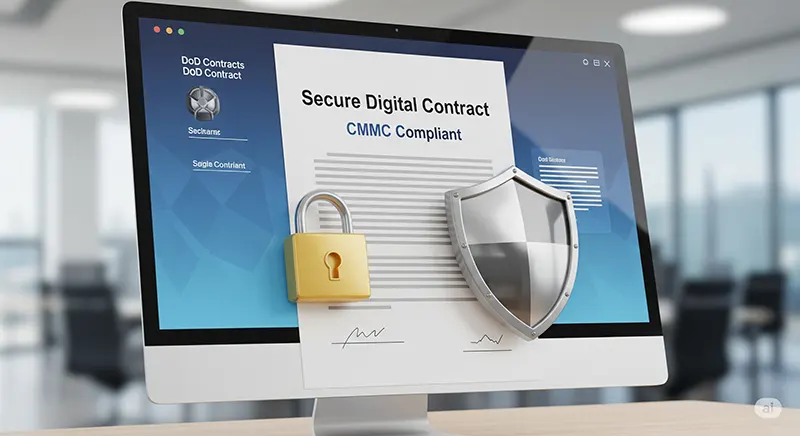The Verifen Story: Why We're Building More Than a Lending Company

The Verifen Story: Why We’re Building More Than a Lending Company
The Shared Experience: A Flawed System
Every great business story begins by identifying a problem. For the founders of Verifen, the problem wasn’t a lack of funding options for small businesses; it was a lack of good options. They saw a landscape defined by two frustrating extremes. On one side stood the traditional banks: slow, impersonal, and risk-averse institutions that denied the vast majority of small business applicants for reasons like imperfect credit, unconventional business models, or simply not fitting into a rigid underwriting box. Entrepreneurs would wait weeks, even months, only to be turned away with little explanation.
On the other side was the “Wild West” of alternative finance, dominated by Merchant Cash Advance (MCA) providers. They offered speed, but at a devastating cost. They preyed on the desperation of business owners, trapping them in cycles of high-cost debt with confusing terms and aggressive, cash-flow-draining repayment schedules. The founders saw hardworking entrepreneurs, the backbone of the American economy, being forced to choose between a closed door and a trap door. This was the shared experience, the fundamental flaw in the system, that sparked the idea for Verifen.
The Struggle: Redefining the Relationship Between Capital and Business
The challenge was immense: how do you build a company that can offer the speed and accessibility of modern fintech without adopting the predatory practices that define so much of the industry? How do you













